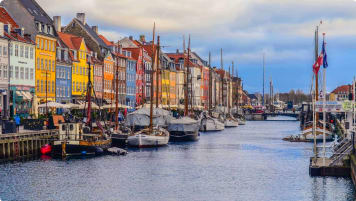Questions About Denmark: The definitive Guide for Senior Travellers
Explore and learn about on a small group tour for seniors of Denmark and its cultural and historic settlement. Visit Copenhagen the Amalienborg palace and so much more as a couple or solo traveller.
3 Aug 19 · 2 mins read
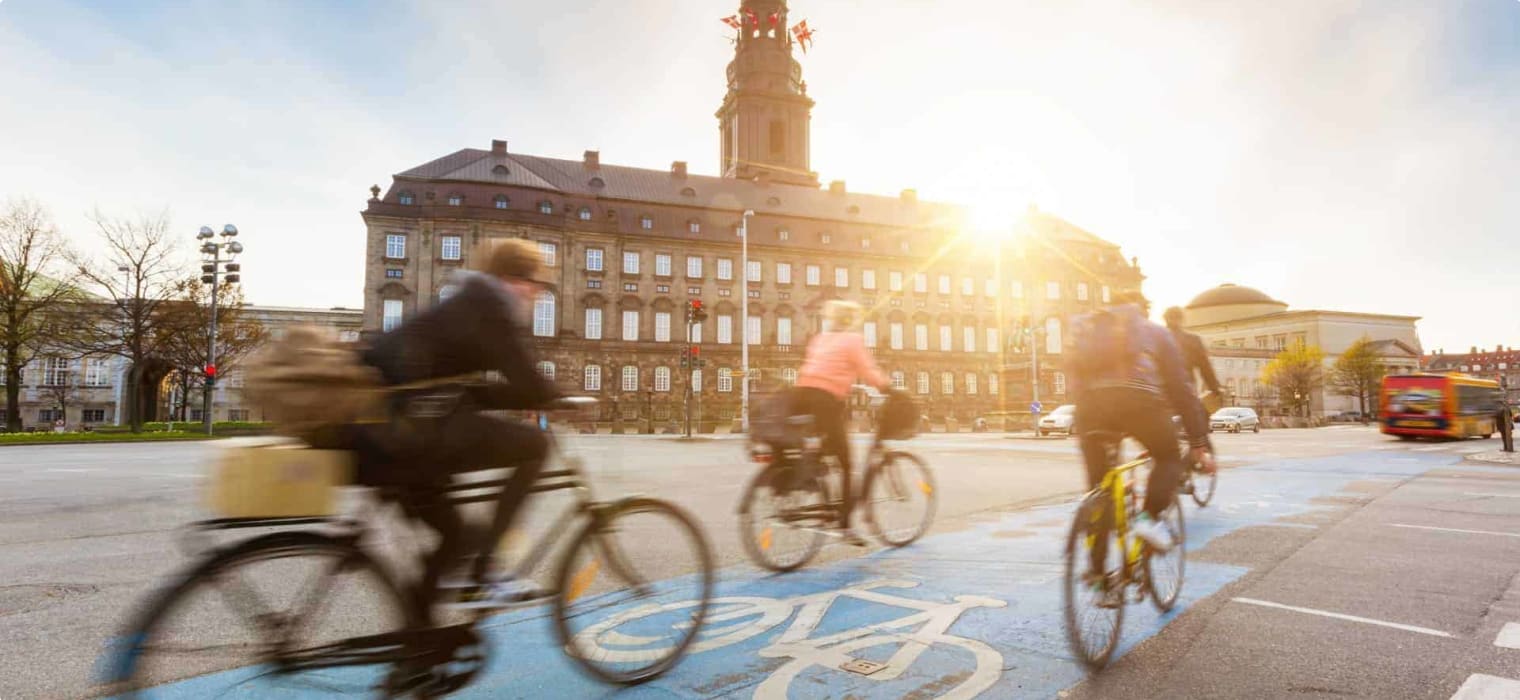
Questions about Denmark for senior travellers.
Odyssey Traveller specialises in crafting unforgettable experiences for senior and mature-aged travellers interested in learning whether as a couple or solo traveller. Providing adventure and educational programs to escorted small group tours since 1983. Odyssey has built up a reasonable knowledge bank to answer questions about Denmark that travellers are likely to ask, as they make their plans to tour independently, or with us as part of a small group tour. We hope that this list of frequently asked questions and the answers we provide will help you with planning your next holiday.
Read on, but please do not hesitate to contact us via the website, or through email or chat if you have more questions about Denmark or our other tours.
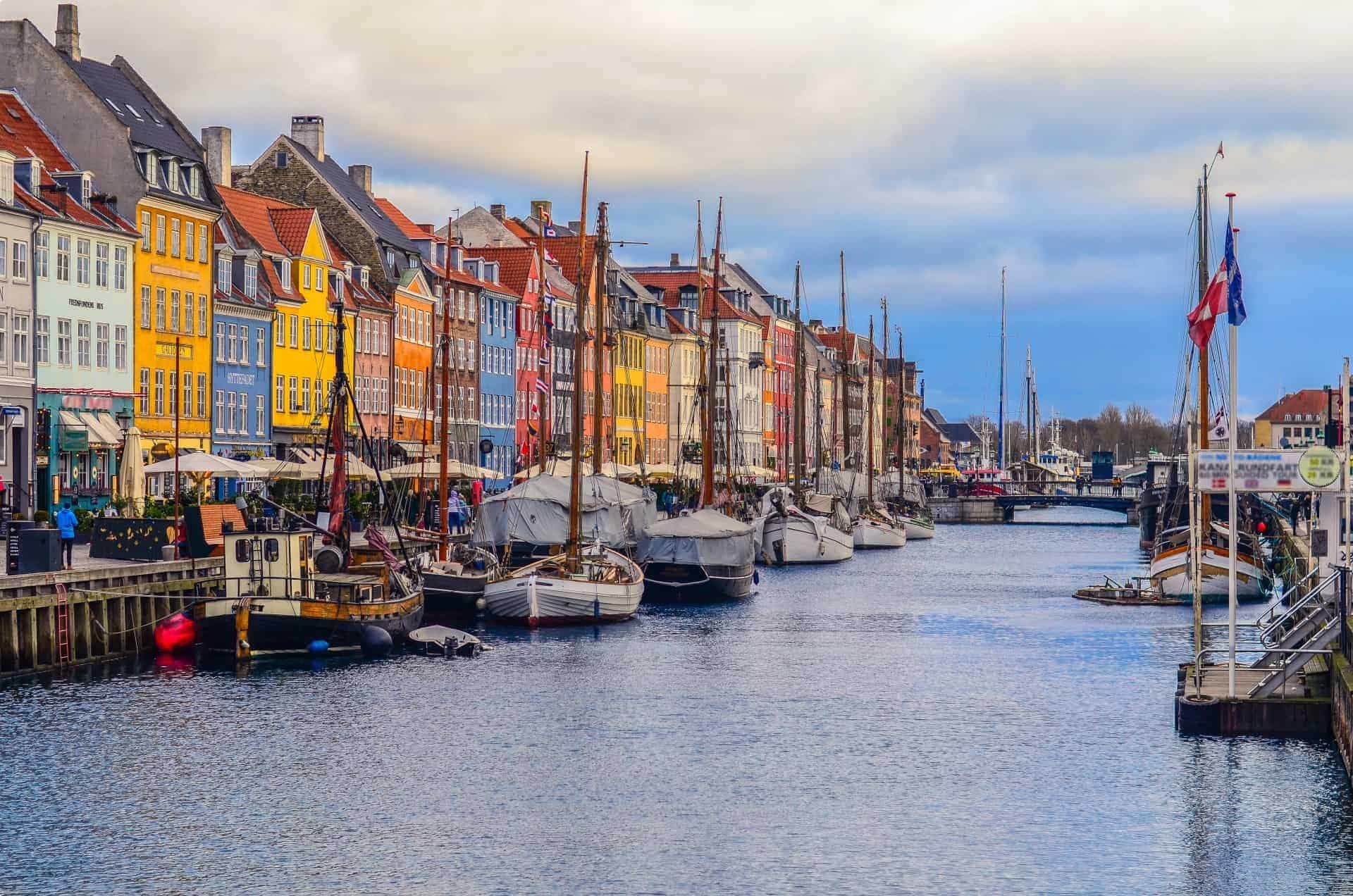
FAQs
Where is Denmark located?
Denmark is located in Scandinavia, a region in northern Europe defined both by geographical proximity and shared culture. The Scandinavian countries consist of Norway, Sweden and Denmark, though some people add Finland, Iceland and the Faroe Islands.
Unlike Sweden and Norway, Denmark isn’t on the Scandinavian peninsula. Instead, Denmark consists of the Jutland peninsula, which juts out from the north of Germany, dividing the North and Baltic seas, and an archipelago of more than four hundred islands just east of the peninsula.
Jutland consists of more than two thirds of the country’s total land area, but the capital and largest city, Copenhagen, is actually located on the island of Zealand. The second largest city, Aarhus, is located on Jutland.
The Kingdom of Denmark also encompasses the Faroe Islands and the island of Greenland, both in the Atlantic Ocean, though both are essentially autonomous. This article focuses on mainland Denmark, but for more information on the Faroe Islands, read our article about these mysterious islands.
What language do they speak in Denmark?
The majority of people in Denmark speak Danish (or Dansk). Danish is mutually intelligible with Norwegian, particularly in written form. Although other Scandinavian languages are closely related, they cannot be understood by Danish speakers without prior study.
Because of the similarity between Denmark and Dutch, English-speaking people often assume that the Dutch language is spoken in Denmark. In actuality, Dutch is spoken in the Netherlands (popularly known as Holland). The two languages are both part of the Germanic language group, but beyond that they aren’t particularly alike – Dutch is actually more closely related to English than it is to Danish.
Tourists visiting Denmark should be assured – English is spoken well by most Danish adults, and most high-level textbooks are even printed in English! But that shouldn’t put you off trying to pick up some Danish phrases – you’ll have a much richer experience of the country if you speak a bit of the language.
When was Denmark founded?
Though people have been present in the region that would become Denmark from the Neolithic era, it was the Vikings who first brought the people of Denmark to world consciousness. The people known as the Vikings lived in what is now Denmark, Norway, and Sweden, and from the 10th century, Iceland. While Vikings are often portrayed simply as brutal raiders, the reality was much more complex.
The Vikings were superb shipbuilders and sailors, which they used to trade and raid from Constantinople (now Istanbul) to Novgorod (in modern Russia), linking Europe to the Islamic and Byzantine trade networks. To the west, Vikings went as far afield as Greenland, and even Newfoundland (in North America). Though Viking society was mostly not literate, it had a rich oral tradition that produced enduring sagas that are still read today.
The Danes mostly headed west, to England and Ireland, where they established settlements. Famously, Danes moved primarily to the eastern part of England, which became known as the Danelaw, because, quite literally, it was under the law of the Danes.
In the first half of the 10th century, the kingdom of Denmark was consolidated under King Gorm the Old. Gorm’s son, Harald I claimed to have conquered Norway and Christianised the Danes.
While no clear line can be drawn, the Viking age essentially ended by the middle of the 11th century. The Christianisation of Scandinavia and the establishment of central control meant that the independence vital to the Viking tradition of exploration was gone. Where once small warrior bands could just leave, often establishing new societies, Harald and his successors began to introduce a system more akin to feudalism, in which peasants were tied to the soil and delivered goods in exchange for military protection. Denmark never introduced serfdom fully – peasants either owned their own land or were tenants on crown or aristocratic lands – but serfdom-like arrangements existed on many of the smaller islands, and class distinctions rapidly increased over the Middle Ages.
The Protestant Reformation would lead to civil war in Denmark. When the Reformation broke out, though King Frederick I promised Denmark’s Roman Catholic bishops that he would fight heresy, in actuality he invited Lutheran preachers to the country, hoping to expand royal power against the church. Following his death, the bishops postponed the election of a new king, fearing that Frederick’s oldest son Christian would immediately introduce Lutheranism.
In 1534, the mayors of Malmö (now in Sweden) and Copenhagen, along with the North German city of Lubeck invaded Denmark under the pretext of restoring the exiled Christian II, who had been king before being deposed by his uncle, Frederick I.
Despite their earlier misgivings the nobles and powerful Catholic bishops rallied around Frederick’s son Christian, in the face of the incursion. By contrast, Jutland peasants and the emerging middle classes supported Christian II, who was famous for having fallen in love with a middle class woman, the Dutch Dyveke Sigbritsdatter, and for supporting the rights of common people.
Frederick’s son, Christian III won the war. Once in power, he arrested the Catholic bishops and confiscated all church property, bringing vast estates to the crown. In October 1536, the Danish Lutheran Church was established. New bishops were of the Burgher class, perhaps an attempt to appease the middle classes who had supported Christian II, but had little of the power that the Catholic bishops had possessed.
In the centuries following the Reformation, the power of the central monarch increased at the expense of the nobility. This ended following the Europe-wide revolutions of 1848, in which the absolute monarchy was replaced by a constitutional monarchy.
For more information on the history of Denmark, check out our other articles: Tivoli Gardens, Copenhagen’s Magical Theme Park, Viking’s Woollen Sails and Discover Scandinavia in Denmark.
When was Denmark invaded by Germany?
Denmark has been invaded by Germany several times. Throughout the Middle Ages, Denmark had always been concerned about incursions from its larger and more powerful southern neighbour, Germany. From 1361 to 1370, Denmark was at war with the Hanseatic League, an alliance of powerful, mostly north German, trading towns.
During the Thirty Years War (1618-48), the Danish king intervened in support of the Protestants. In response, Jutland was occupied by German Catholics.
The final and most famous invasion occurred during the Second World War. In June 1939, Hitler offered a nonaggression pact to adjacent countries feeling threatened by Germany’s expansionist policies including the invasion of Czechoslovakia the preceding years. Denmark was the only neighbour to accept and following the German invasion of Poland, Denmark, like the other Nordic countries, declared neutrality.
In 1943 the Danish Resistance – which had around 50,000 members – began armed acts of sabotage. A series of strikes in Summer 1943 were targeted directly at the German occupation. The Danish government refused to introduce the death penalty for sabotage, which would allow the prosecution of the strikers. In response, Germany declared a state of emergency and took direct control.
However, on April 9, 1940, German troops took control after only token resistance from the Danish government. Unlike other occupied countries, Denmark remained formally independent, and the government, though under Nazi pressure, had some degree of control.
The Danish resistance movement nonetheless continued. Activities included producing illegal newspapers, sabotage, and smuggling fugitives to neutral Sweden. The Danish resistance movement is famous for its protection of virtually all the Jewish people in Denmark, both Danish Jews and refugees from elsewhere. In the fall of 1943, when Germans prepared to round up the nearly 7,000 Jewish people in the country, fewer than 500 were found.
What is Denmark famous for?
Denmark was home to one of the world’s most celebrated writers of children’s literature, Hans Christian Andersen (1805-1875). Many fairy tales that we now take for granted were first written by Anderson, including The Little Mermaid, The Snow Queen and The Emperor’s New Clothes.
Today, his impact on world culture is widely celebrated in Denmark. One of Copenhagen’s widest and busiest boulevards bears his name, while a statue of The Little Mermaid sits on a rock by Copenhagen’s harbour.
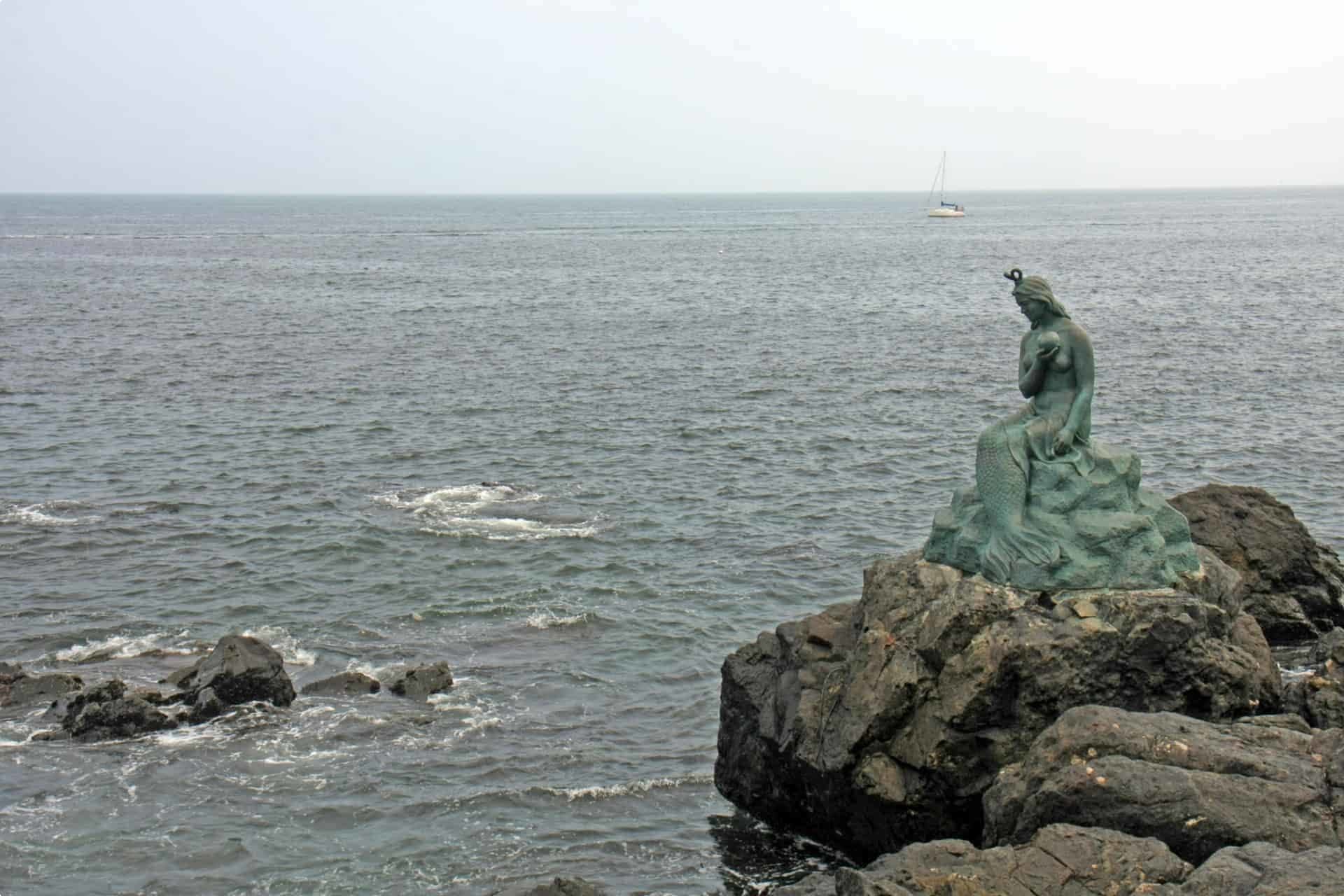
Since the Second World War, Denmark – like its Scandinavian neighbours – has been internationally celebrated for its high standard of living. Denmark regularly scores among the best nations in the world on all the indexes for well-being – human development, gender equality, and happiness. Copenhagen is regularly voted the world’s most liveable city, due to its innovative urban planning and up to the minute public transport service. Bikes, rather than cars, rule the roads here – 62% of trips to school or work in Copenhagen are made by bike.

In recent years, Denmark has become famous as the home of hygge (pronounced hoo-guh), a particularly Danish word which connotes cosiness, conviviality, mindfulness of the mundane and connecting with loved ones.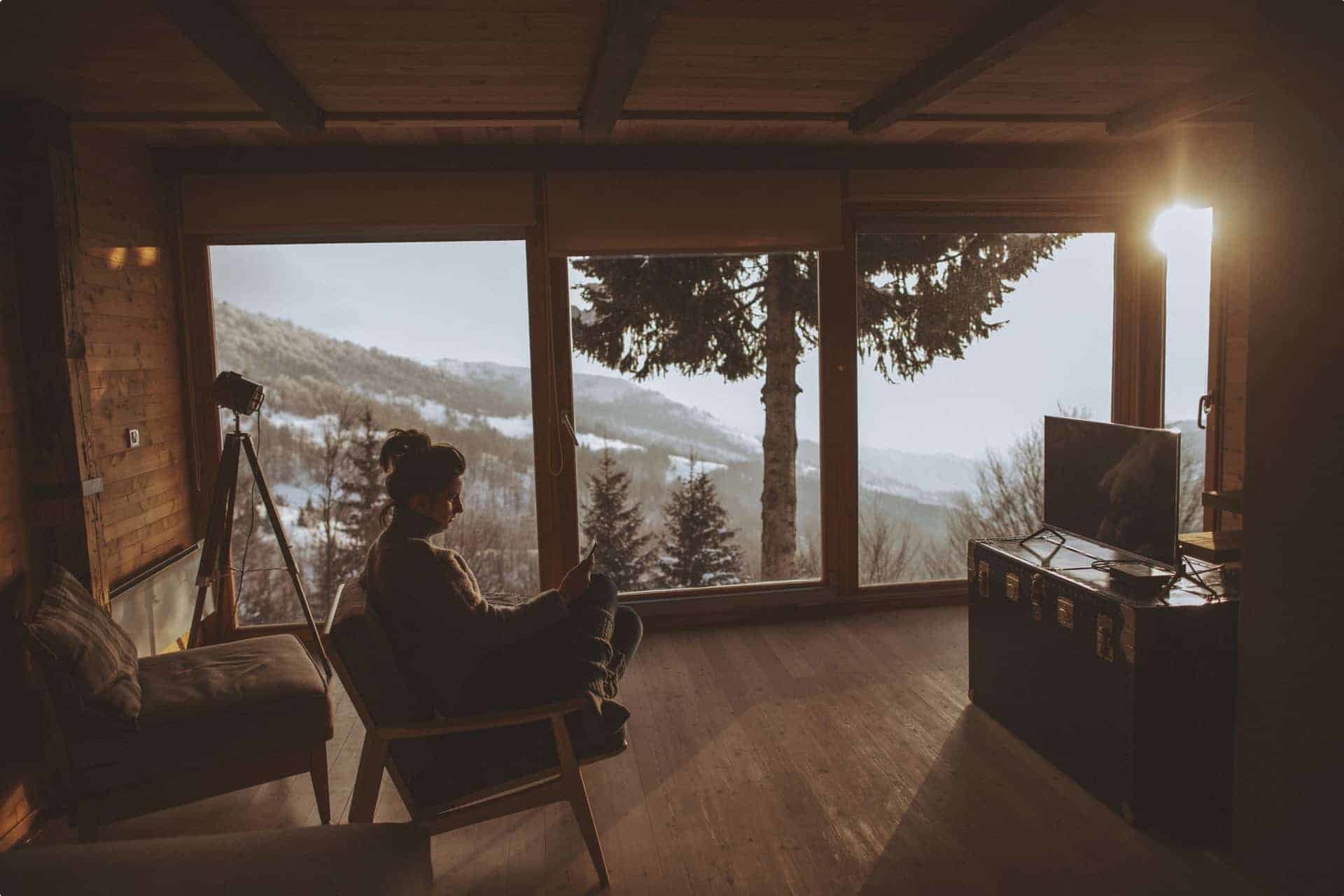
Perhaps surprisingly from a nation celebrated for its well-being, Denmark has also been the leading exporter of hugely popular ‘Nordic Noir’ series such as The Killing, The Bridge, and the political Borgen. Nordic noirs are defined by a gritty aesthetic in which grisly murders expose the corruption at the heart of the broader social system, with an emphasis on the chilly weather and harsh landscapes of the north. Doesn’t sound very hygge!
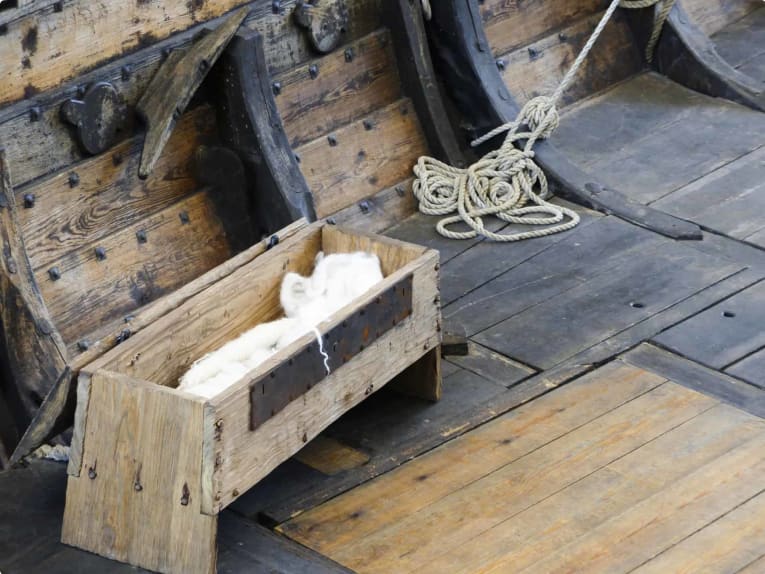
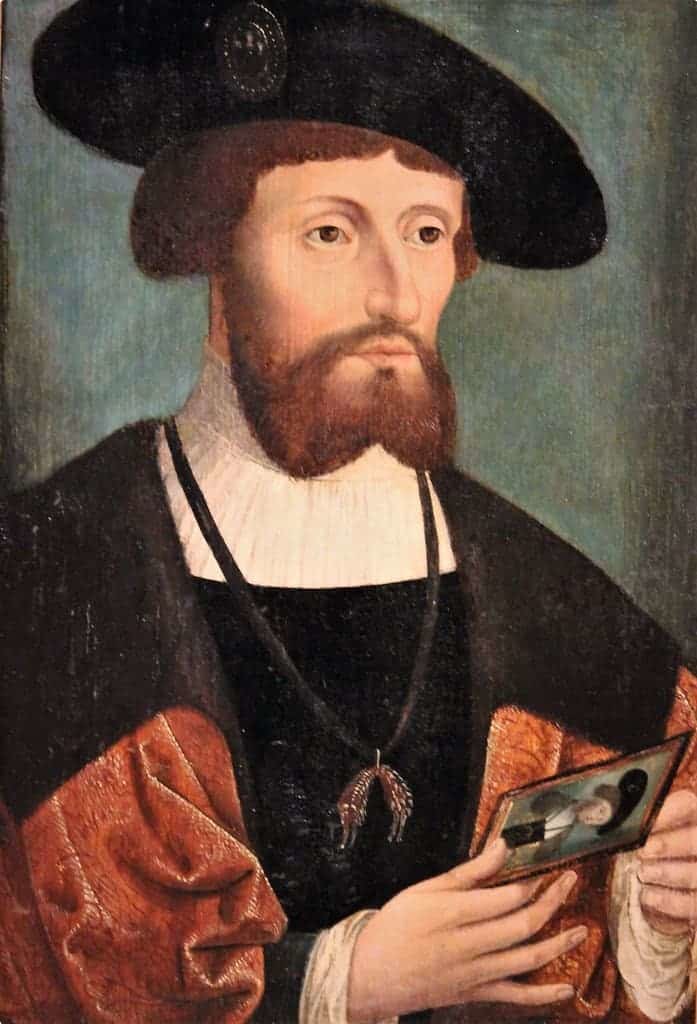
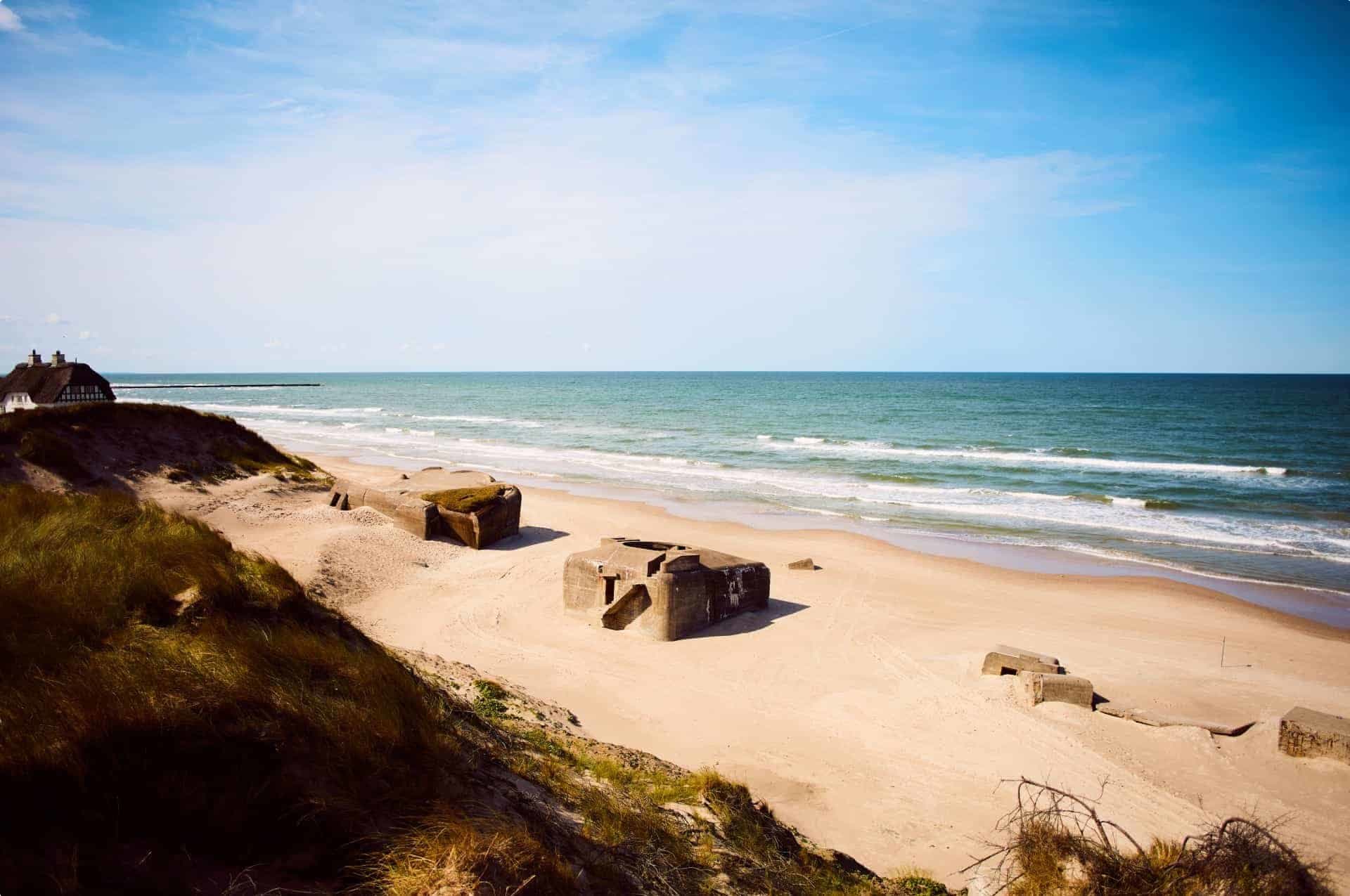
What to see in Denmark?
Most visits to Denmark centre around ultra-livable Copenhagen, which combines charming old-world streets with cutting-edge modern design. Visit the grand Danish royal palace, encounter Viking remnants at the National Museum and see great artists both local and international at the National Gallery. But most of all, Copenhagen is the sort of place to sit back and soak up the vibe: watch the bikes go buy (and maybe get on one yourself), tuck into the emerging food scene, and admire the simple yet elegant design that permeates every part of life here.

Aarhus, Denmark’s second city, was named European Capital of Culture in 2017. The city is home to ARoS, an innovative contemporary art museum whose rainbow coloured roof installation can be seen all around town, the quaint medieval streets of the Latin Quarter, and a revitalised harbour, with, yes, more cutting-edge architecture.
Unfairly, Denmark’s scenery has never been as celebrated as that of its Scandinavian neighbours. But with over 7,000 kilometres of coastline, there are thousands of almost empty beaches for you to enjoy. Its hard to imagine that Viking raiders once left from this peaceful countryside, but the fascinating Viking ship museum at Roskilde serves as a reminder.
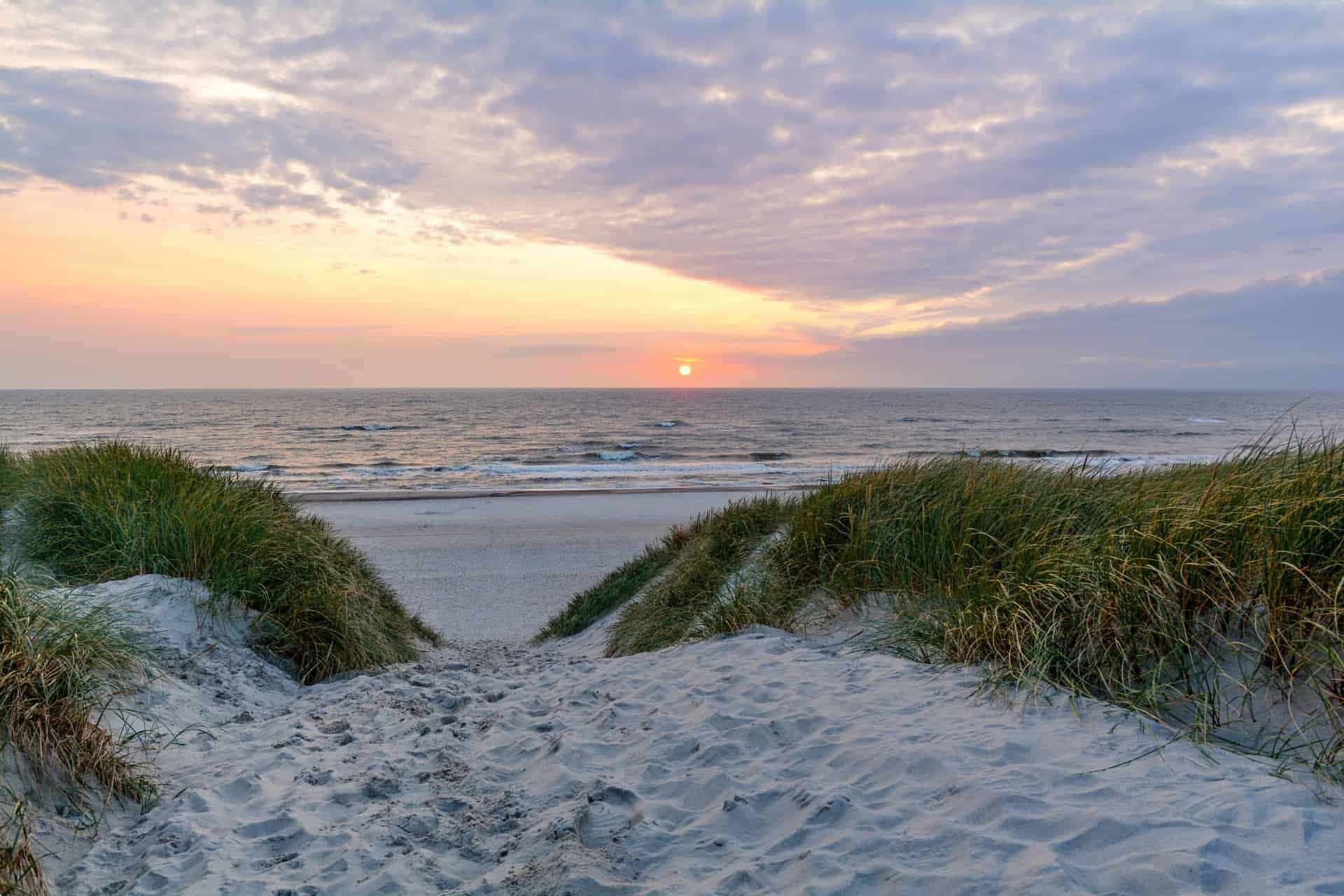
If you’re there in summer, make the trek to the sunny island of Bornholm, in the middle of the Baltic Sea, for a beach holiday among historic medieval fortresses and charming villages.
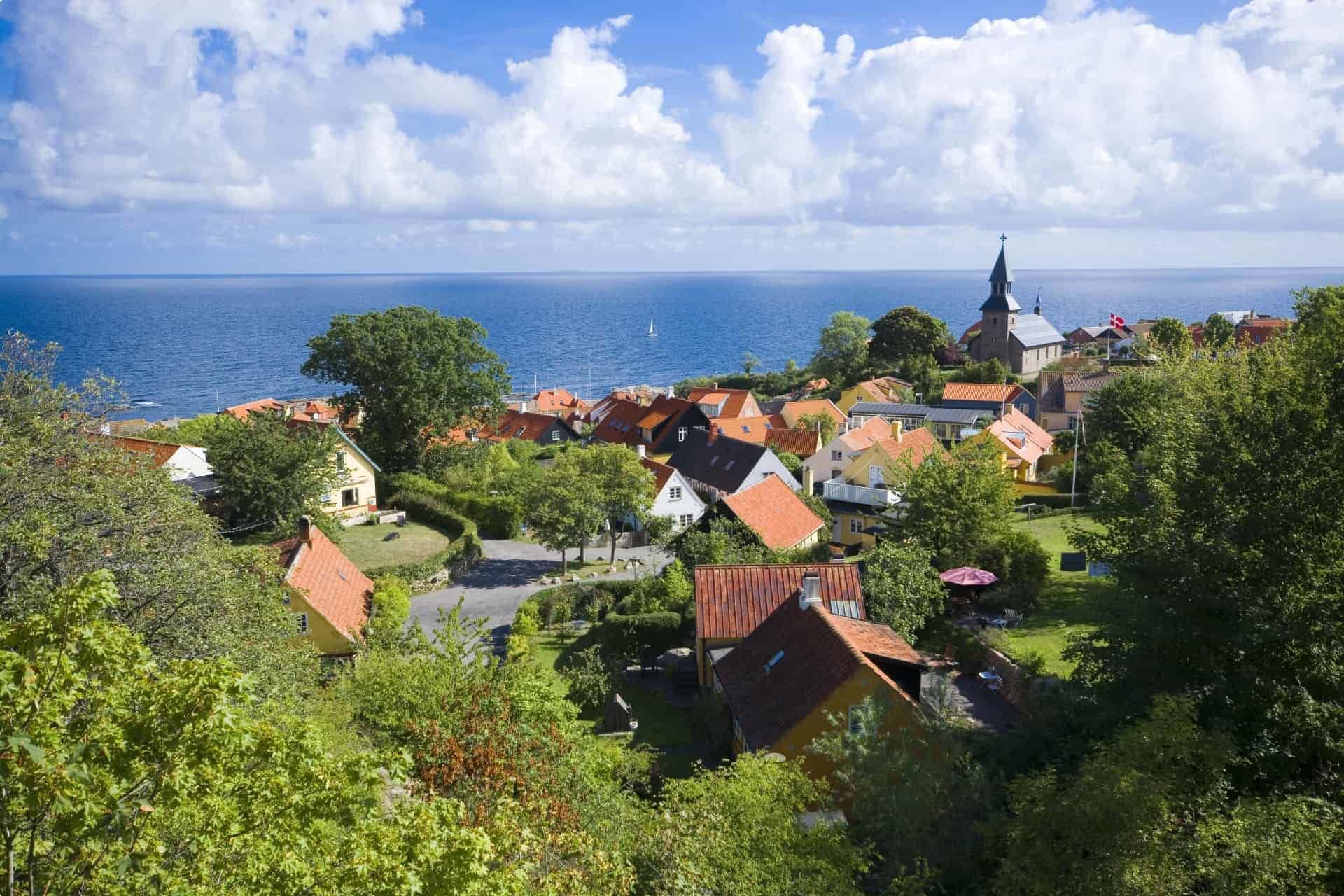
What to eat in Denmark?
Traditional Danish cuisine, like that of its neighbours, was defined by the country’s long coastline, with seafood dishes, such as pickled herring, central to daily cuisine. Also essential were hearty meat dishes, including stegt flaesk, crispy-fried pork belly served with creamy parsley sauce and boiled potatoes.
The most iconic Danish food is smørrebrød, an open sandwich which consists of a dark brown rye bread slice, topped with various ingredients. Popular toppings include roast beef or pork, prawns, pickled herring, pate, or fried fish fillet, which is then accompanied with some kind of sauce or garnish.
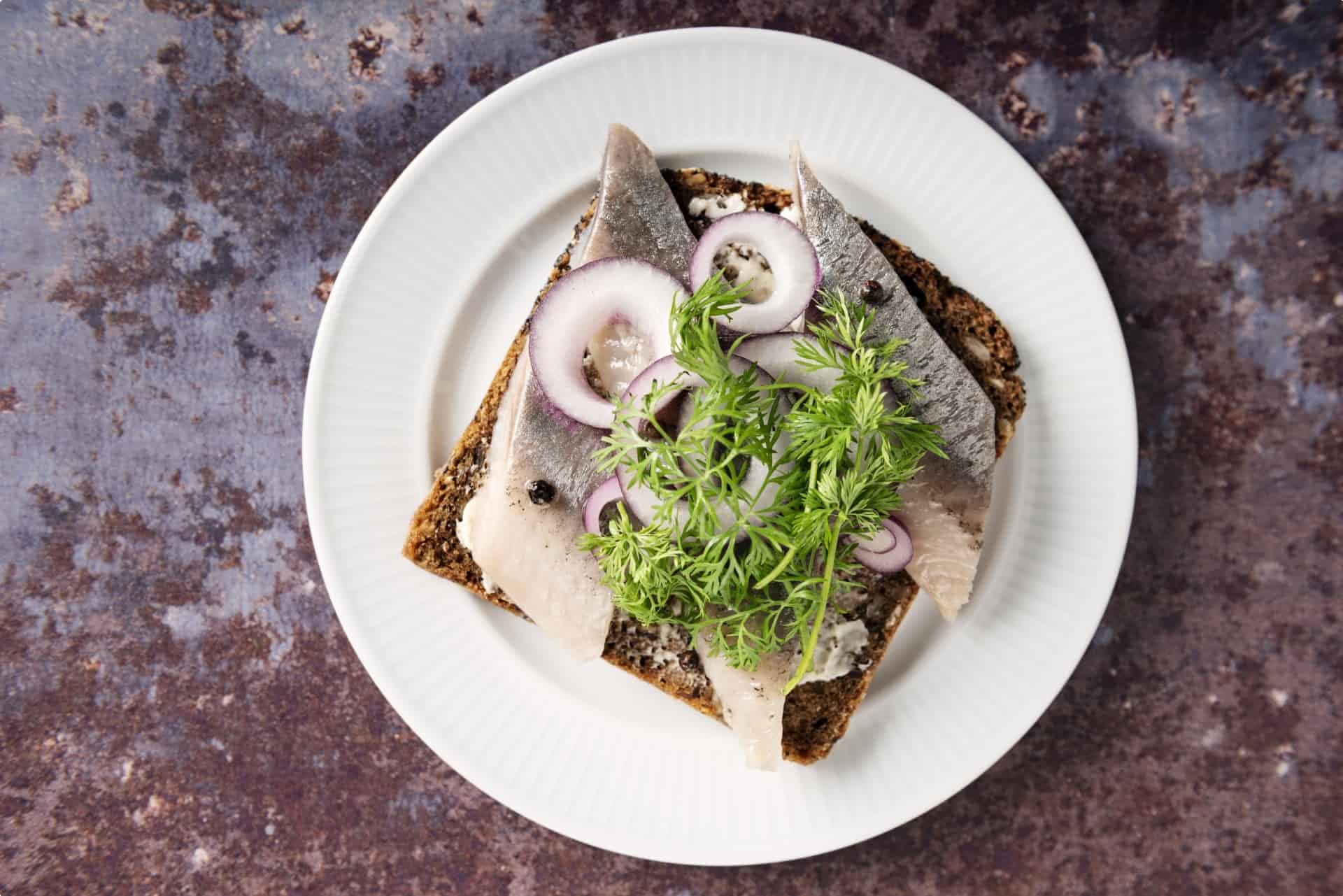
For the past decade, Denmark has also been famous as the centre of New Nordic Cuisine, which reinvigorated Scandinavian food. New Nordic Cuisine is defined by seasonality, sustainability, and local ingredients, cooked in ways that reflect Scandinavian culture, geography and history.
The world’s top New Nordic restaurant, Copenhagen’s Noma, was four times voted the world’s best restaurant. New Nordic influences have trickled through Copenhagen’s food scene, making this once pricey cuisine relatively affordable and accessible.
And finally, the fact that Danish and danish (the pastry) are homonyms is not a coincidence – though ironically, the same pastries are referred to in Denmark as ‘Viennese bread’. Nonetheless, baked goods of all sorts are hugely popular here, with virtually every Danish street home to a bakery selling danishes and other pastry treats.
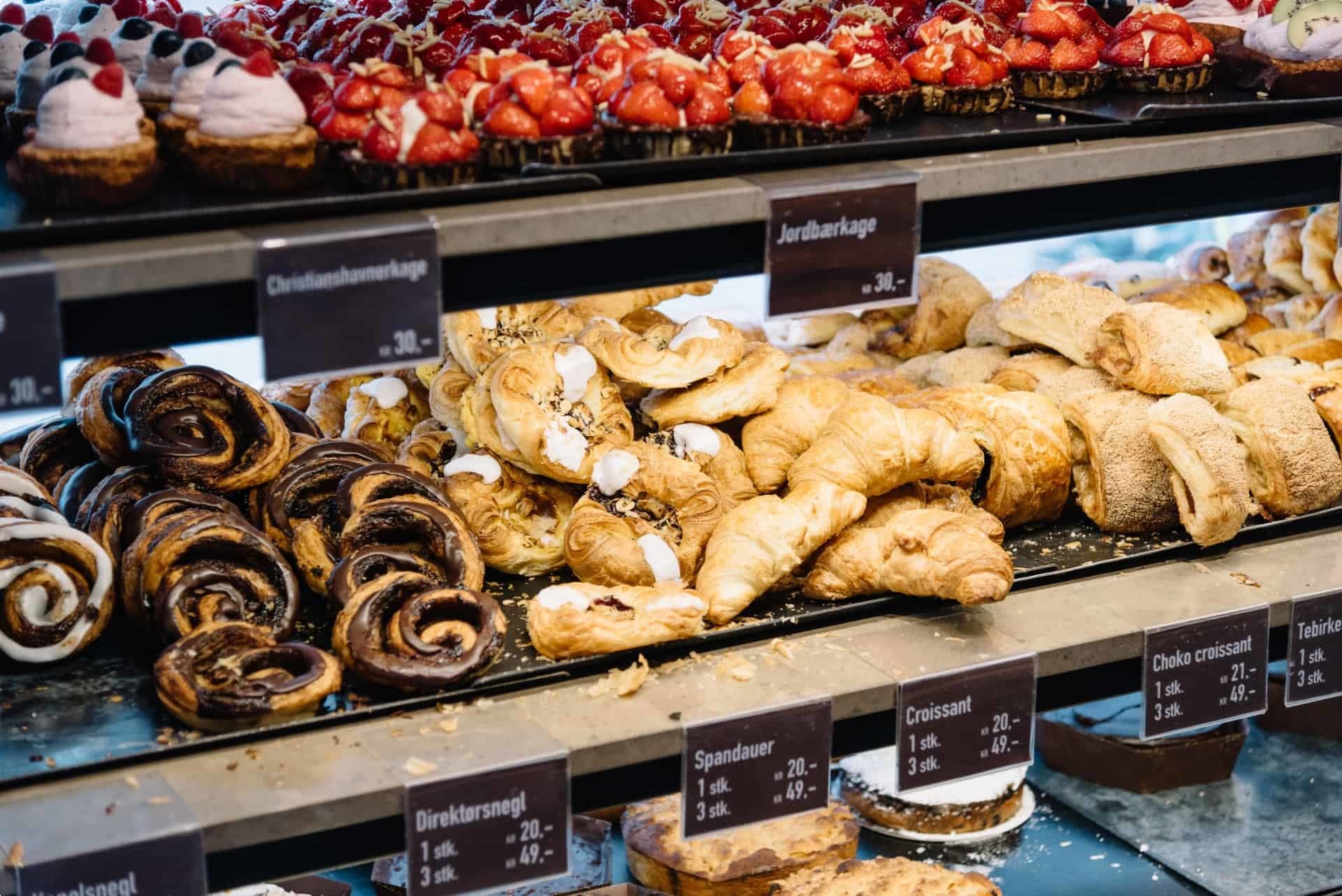
What to buy in Denmark?
We’ve spoken a bit earlier about cutting-edge Danish design. In the early 20th century, modernist designers and architects rebelled against the ornate styles of the previous century, seeking a simpler style that reflected the new industrial age. A peculiarly Scandinavian variant emerged immediately after World War II. While modernist design could be austere, Scandinavian furniture and homewares, (produced, after all, in the culture that brought us hygge), fused the simple beauty of modernism with a friendliness and functionality that suited modern homes. In the 1950s and 1960s the influence of Scandinavian design shaped furniture and homewares worldwide, and the legacy remains today in the success of the international juggernaut, IKEA.
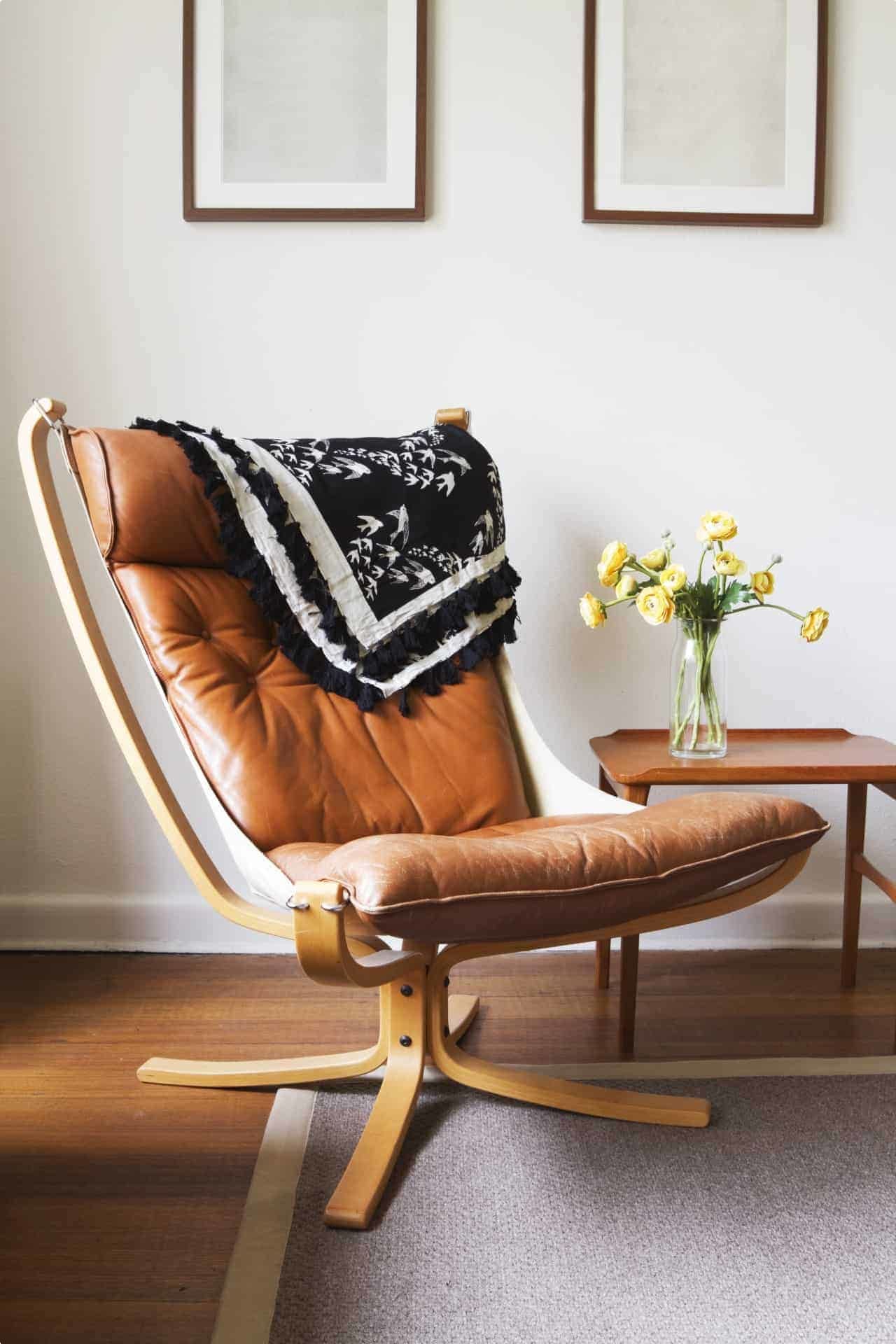
Even in the age of IKEA, local artisans maintain a highly innovative local design scene. In Copenhagen, make sure to visit Paustian and Danform furniture showrooms, designed by the seminal modern architect Jørn Utzon, the designer of the Sydney Opera House. And make time for a trip to Strøget, a shopping strip home to all of Copenhagen’s premier design stores.
For those interested in Scandinavian homewares, Odyssey Traveller offers a tour entirely devoted to the modernist design of Scandinavia.
When to go to Denmark?
Scandinavia is famously cold and Denmark is no exception. Summer days average around a pleasant 20 degrees, making it ideal for exploring. Reflecting this, Odyssey Traveller’s tours of Denmark usually leave between May and September.
Why is Denmark the happiest country?
Denmark consistently ranks as one of the world’s happiest countries. Different theories are offered as to why this is so. Some point towards the low levels of corruption, low income inequality, and easy access to high-quality education and health care. Other suggest that the reason is cultural – the sense of camaraderie and social connection embodied by hygge.
The best answer to this question is probably to visit Denmark and see for yourself. If you’re keen on investigating further, Odyssey Traveller offers several tours which visit Denmark:
Related Tours
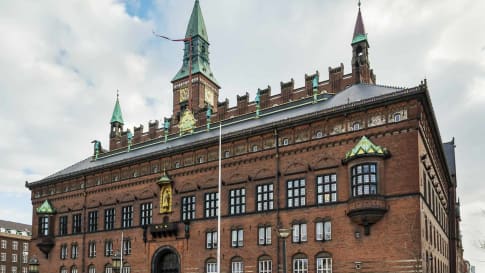
20 days
Aug, MayTour of Denmark's Culture & History
Visiting Denmark
Experience group travel for couples and single travellers to Denmark. This European tour provides a travel experience based around key destinations and itineraries that provide authentic experiences in Denmark .A single supplement applies for solo travellers.
From A$15,895 AUD
View Tour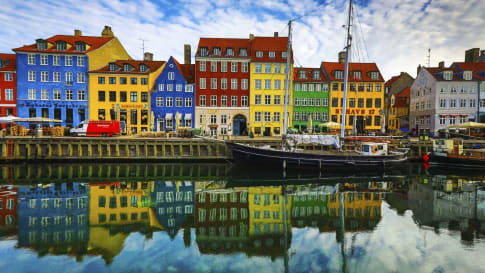
13 days
Jun, SepScandinavia tours for mature travellers
Visiting Denmark, Norway
Uncover on a small group tour for couples and solo travellers, a Viking past and view of the world’s biggest fjords on this journey through Scandinavia. In low-lying Denmark our small group journey takes us to visit the Zeeland, the sea land, and our program includes the vibrant capital of Copenhagen. In Norway we travel through endless forests, skirting great fjords to Bergen.
From A$14,995 AUD
View Tour
21 days
SepScandinavian Design Small Group Tour: Denmark, Sweden and Finland
Visiting Denmark, Finland
Denmark, Sweden and Finland realised that the only way to remain competitive on the world stage was through the value of superior design. Travelling with like-minded people on our small group tour you will explore the cities and towns where those high quality products, appreciated around the world, are created including hygge.
From A$16,685 AUD
View TourArticles

Amalienborg Palace, Denmark
In Copenhagen, one will find Amalienborg, the home of the Danish royal family. Consisting of four identical 18th-century palaces with rococo interiors around an octagonal courtyard, Amalienborg has been home to Danish royals since 1784 and continues to be the queen's winter residence.

Discovering Scandinavia & Viking Denmark for tourists
Discovering Scandinavia Discovering Scandinavia. In this article, we will learn about Denmark with a focus on Viking history, and uncover highlights of Copenhagen. Click here to read our article focusing on Sweden. Small group tours…
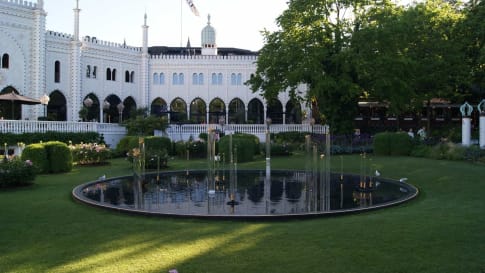
Tivoli Gardens, Denmark
Tivoli, also known as Tivoli Gardens, is an opulent amusement park and pleasure garden in downtown Copenhagen. Opened in 1843, it is the second-oldest amusement park in the world and the most visited in Scandinavia.
